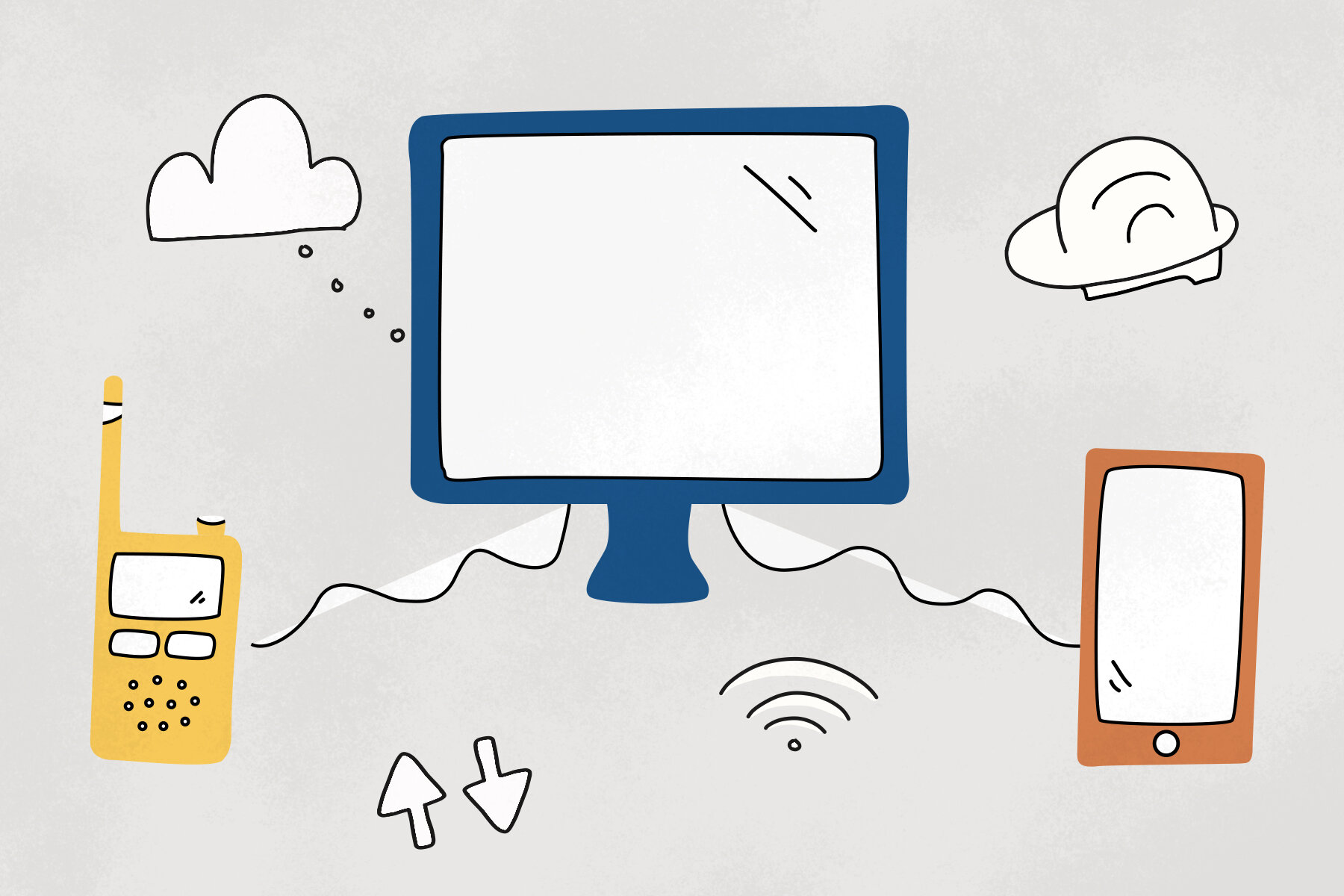
Low-cost demo links public safety radios to broadband wireless network

Engineers at the National Institute of Standards and Technology (NIST) have built a low-cost computer system that connects older public safety radios with the latest wireless communications networks, showing how first responders might easily take advantage of broadband technology offering voice, text, instant messages, video and data capabilities.
NIST’s prototype system could help overcome a major barrier to upgrading public safety communications. Many of the 4.6 million U.S. public safety personnel still use traditional analog radios, due to the high cost of switching to digital cellphones and these systems’ slow incorporation of older “push to talk” features that are both familiar and critical to first responders.
“This NIST project aims to develop a prototype infrastructure that could be used by commercial entities to create a low-cost solution for public safety users, allowing them to interconnect their radio systems to broadband networks,” NIST engineer Jordan O’Dell said.
“There isn’t a commercial option that compares to what we are developing. The goal here is to create a prototype and accelerate technology development in industry that will fill a significant gap.”
The NIST prototype connects analog Land Mobile Radio (LMR) handsets and towers with a Long-Term Evolution (LTE)—the most widespread wireless standard—server that handles operations inside a broadband network. The LTE system is known as Mission Critical Push-to-Talk, which refers to essential aspects of public safety radios such as high availability and reliability, speaker identification, emergency calling and clear audio quality.
As described in a recent report, the NIST system has three main parts:
- Software-defined radio—using software instead of hardware to enable flexible frequency selection and interface designs—which interacts with the LMR signal interfaces and feeds that data into the next unit;
- An open-source software environment for managing software radio, which handles digital signal processing; and
- A user interface for LTE handsets, which allows LMR radio users to talk to LTE network users like they’re both on the same push-to-talk network, with calls initiated from either side.
NIST’s design goals included robustness, low cost and close conformance to existing and future standards. The physical equipment includes computer hardware that runs all three components, suitable software and an antenna. The computer must have an internet connection to the LTE system. The entire setup is about the size of a video game console plus a laptop or desktop computer.
The NIST system costs less than existing industry and government efforts to bridge radio and cellphone networks. One such activity requires a radio system that supports the Project 25 Inter-Radio Frequency Subsystem Interface, which few public safety agencies have or can afford to buy or retrofit. Another effort to connect existing radio handsets to a “box” that bridges into the broadband network requires dedicated “donor” radios and interfaces, also expensive.
“We want public safety agencies to have a very inexpensive option that can interface with old technology when the other options are out of reach,” O’Dell said.
NIST researchers are continuing to work on the prototype, with plans to improve the interface to the broadband network and link to additional types of radios. To promote technology transfer, they intend to publicly release all capabilities on an open source basis for use by anyone.
This work was made possible by the Public Safety Trust Fund, which provides funding to organizations across NIST leveraging NIST expertise in communications, cybersecurity, manufacturing and sensors for research on critical, lifesaving technologies for first responders.
Christopher Walton and Chic O’Dell. Bridging Analog Land Mobile Radio to LTE Mission Critical Push-to-Talk Communications. NISTIR 8338. December 2020. nvlpubs.nist.gov/nistpubs/ir/2020/NIST.IR.8338.pdf
This story is republished courtesy of NIST. Read the original story here.
Citation:
Low-cost demo links public safety radios to broadband wireless network (2021, April 13)
retrieved 8 May 2021
from https://techxplore.com/news/2021-04-low-cost-demo-links-safety-radios.html
This document is subject to copyright. Apart from any fair dealing for the purpose of private study or research, no
part may be reproduced without the written permission. The content is provided for information purposes only.
Stay connected with us on social media platform for instant update click here to join our Twitter, & Facebook
We are now on Telegram. Click here to join our channel (@TechiUpdate) and stay updated with the latest Technology headlines.
For all the latest Technology News Click Here
For the latest news and updates, follow us on Google News.

